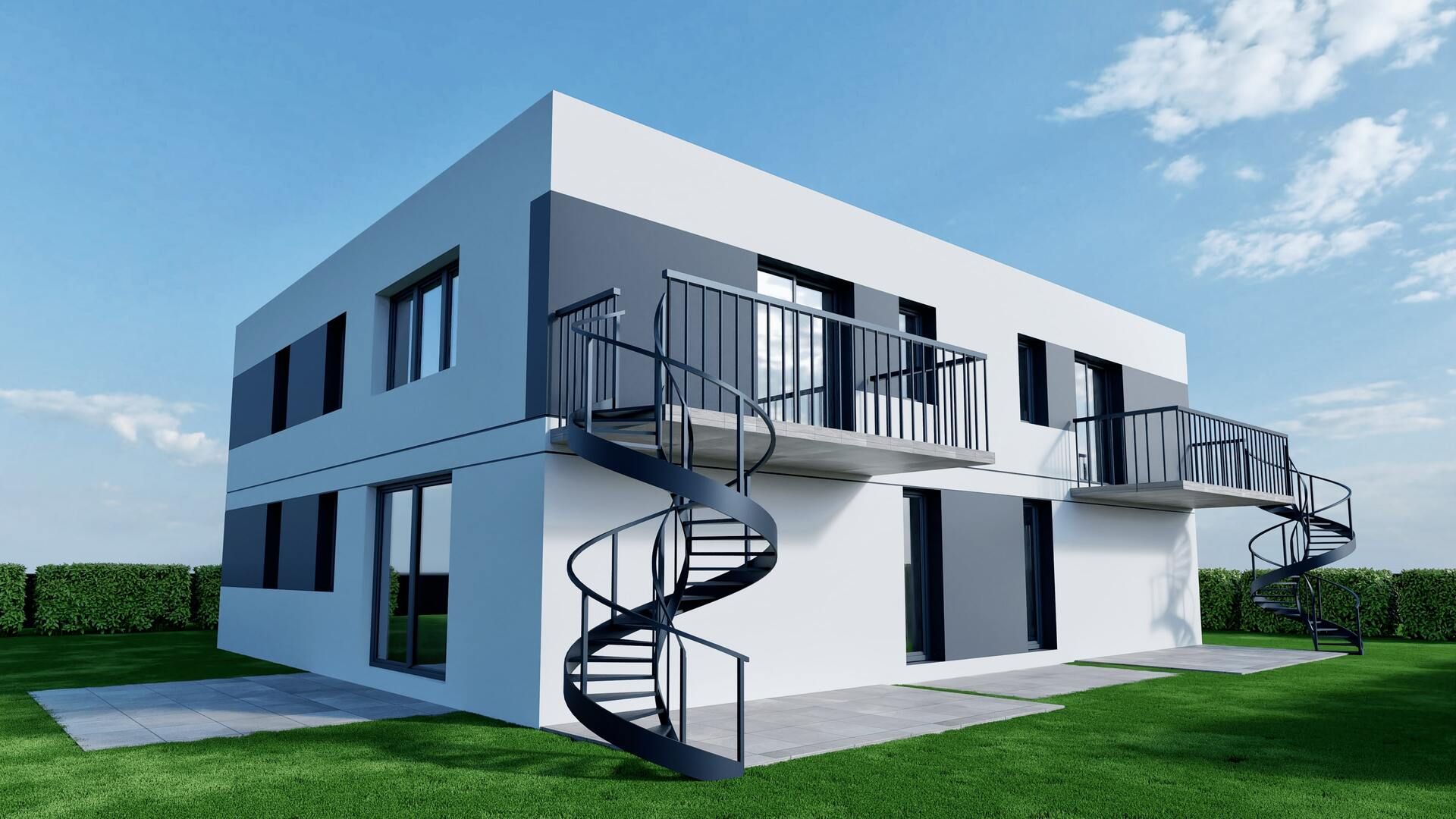
3D Visualization of a Building, House - Price & Realisation Time
...
Discover how the architectural visualization industry is becoming a key element in the booming real estate market, especially after the post-pandemic increase in competitiveness.
There is definitely a close relationship between the booming architectural visualization industry and the real estate industry.
The degree of competition in the real estate market has increased over the past few years. Real estate companies must now pay attention to a more effective and stronger marketing plan than ever before if they want to beat the competition. Keeping pace with the cutting-edge concept of 3D rendering as a tool for presenting a building is one strategy for increasing market appeal.
This trend in the architecture industry is affecting the real estate sector because of their close relationship. From 2D concepts in the form of hand drawings and prints, modern real estate presentations have come a long way to 3D technology.
Now let's see what this 3D technology actually is and what benefits it brings to real estate, primarily to the primary market.
3D rendering can be defined as the use of modern technology to produce a highly accurate 3D visualization of a building. Such architectural models are developed using 3D modeling software to provide an accurate view of a building's structure in relation to its surroundings. In addition, 3D rendering also includes the arrangement of digital elements in space, which helps architects and engineers determine the feasibility of the intended design.
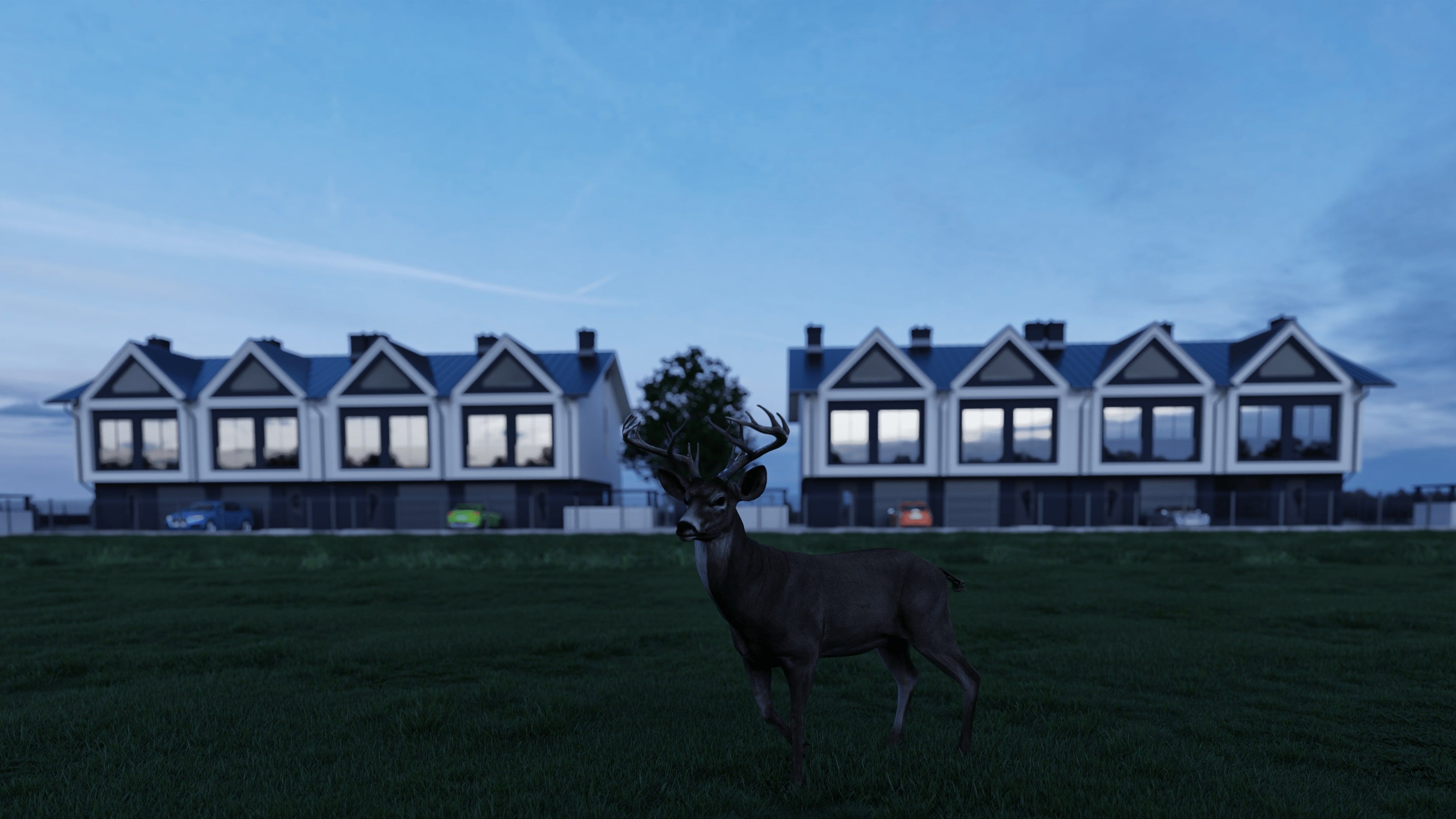
Here's a look at the benefits that engineers, real estate developers and interior designers can gain from using 3D visualization of real estate:
Photorealistic models of the environment and building models, which are almost exact physical copies, contribute to the refinement of the design, helping architects identify any possible flaws in the developed concept. This provides an opportunity to reduce the time and expense that could be caused by a design error.
One can notice a certain trend in interior aesthetics. Ready-made tile patterns, angles and shades are an easier way to work. Architectural buildings become aesthetically pleasing, and you can even calculate the approximate cost of modification and construction of the property.
Only after a 3D visualization has been prepared and you have potential customers waiting at your doorstep can the building be slightly customized. For a 2D concept, this would be a really difficult task. Even for the smallest adjustment or change, the entire structure has to be redrawn.
However, 3D visualizations allow for a more detailed understanding, as well as the simplicity of making changes to the current model and determining whether they blend in with the rest of the building structure.
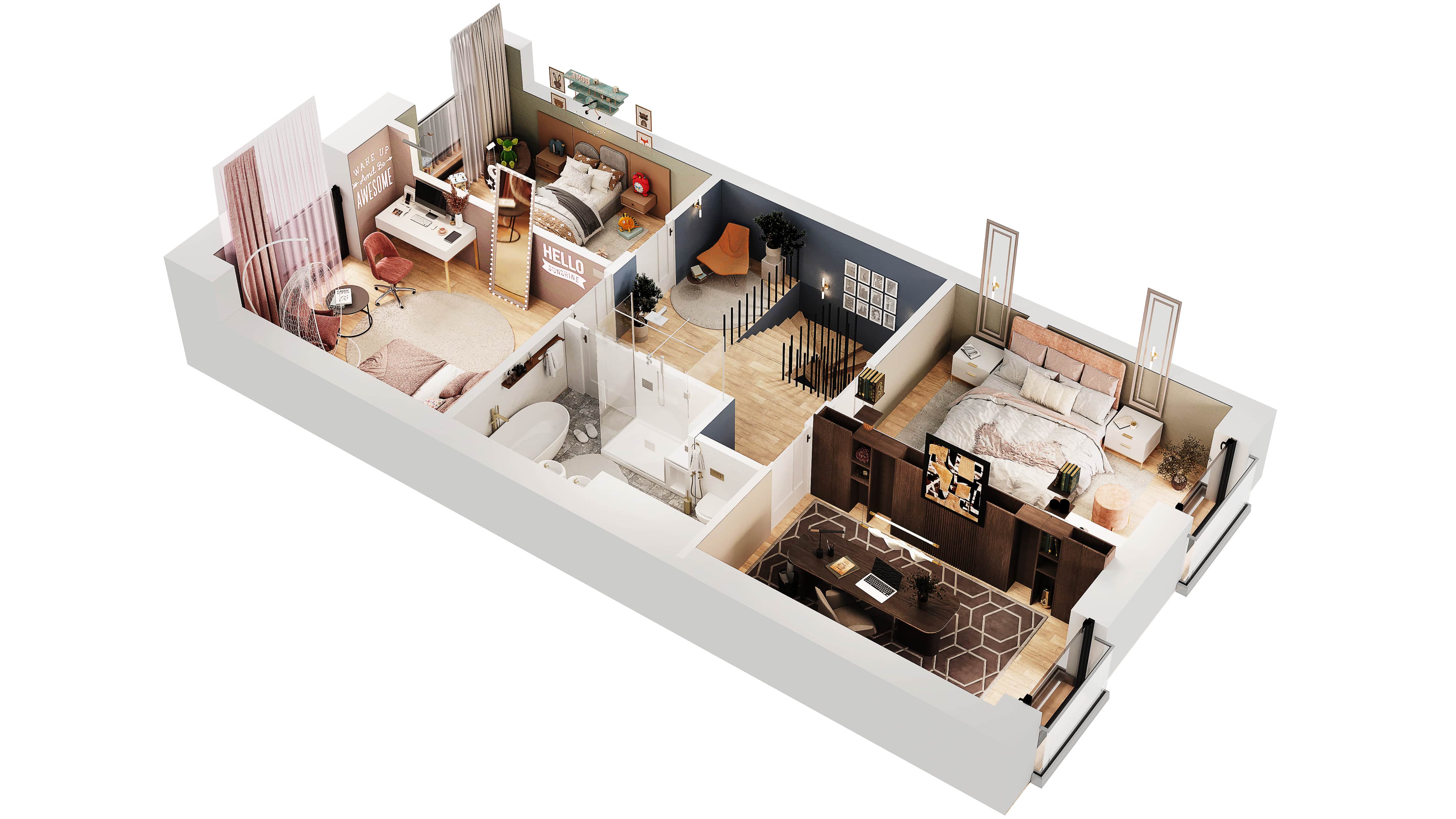
The use of 3D Floor Plan makes it possible to create several potential interior configurations of a given space, some of which may or may not meet the real estate developer's expectations. A buyer can choose from a number of 3D floor plans or interior visualizations: designs for furniture, carpets, shelves, closets, bathrooms or curtains of his future ideal living or working space.
Likewise, with 3D visualization you can also see how well the balcony balustrade and the color of the building's facade will blend together. These are as important elements as architectural components in enhancing the visual appeal of a property.
Smooth implementation of the construction project can begin after all 3D visualizations of the property have been completed and the architect has approved the submitted designs. This will allow the structural engineer and architect to anticipate and eliminate any weaknesses and errors that may have occurred during the initial consideration and concept stage.
Proximity and accessibility are just some of the characteristics that play an important role in choosing a place to call "home." Investors and clients often choose to purchase properties in urban centers to expect high rental income. A 3D rendering of a building or estate should be made to include neighboring buildings or places of attraction, such as kindergartens, supermarkets, hospitals and schools.
This helps a potential buyer assess whether key points in the location are easily accessible. Therefore, 3D visualizations help direct the customer's attention to these key features of a property's physical surroundings, with the goal of increasing its marketability.
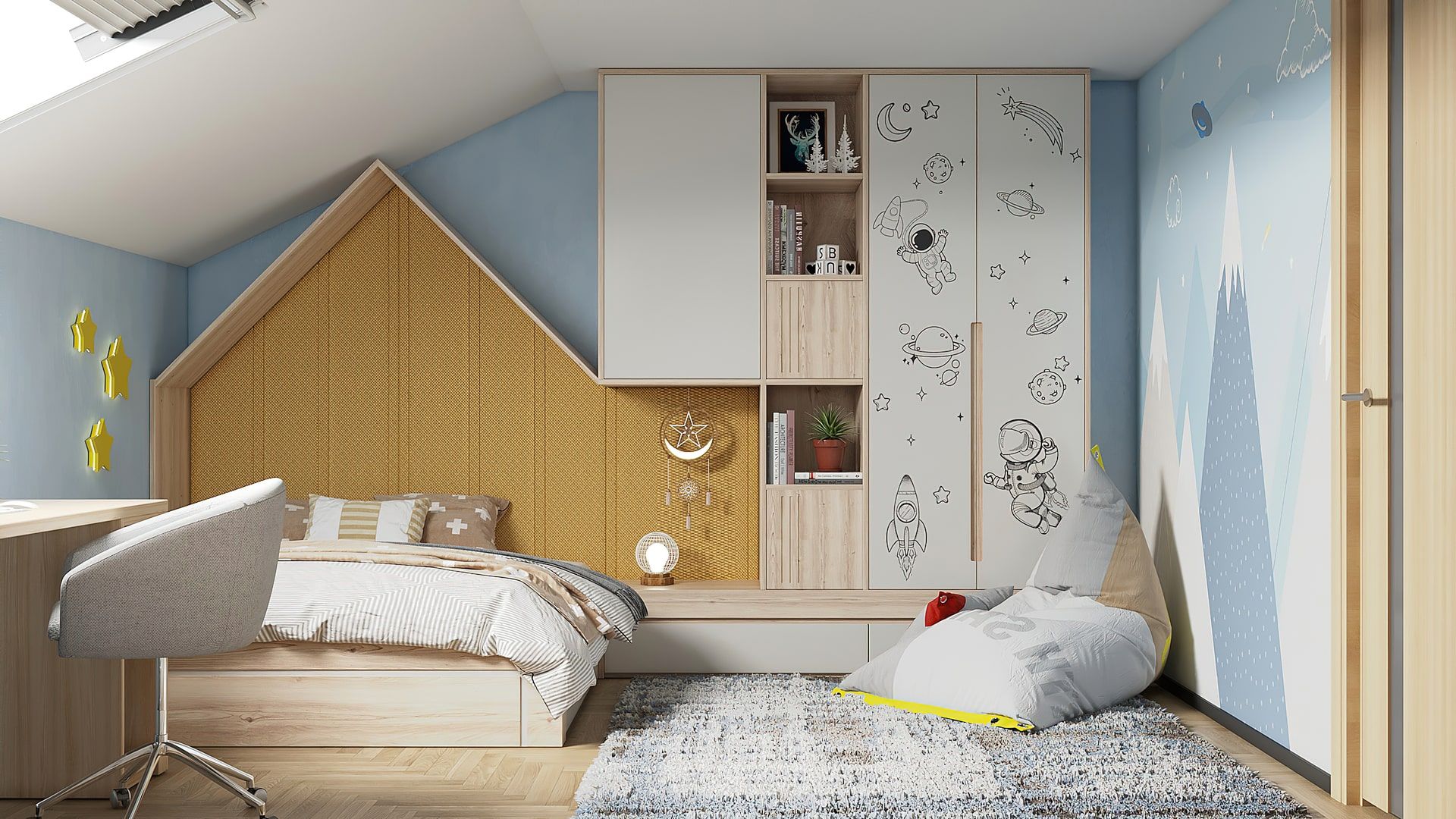
3D visualization is the best solution for those planning to sell a property, whether from the secondary or primary market. It is a practical method, ensuring that the interiors of the property are presented in the most professional manner. Virtual home staging uses photos of the apartment's interiors, and then a 3D graphic designer adds elements to the scene using a 3D graphics program, rendering the interiors of the rooms from the photos. Poorly executed virtual home staging can seriously damage and slow down the sales process. Either weaknesses in the design will be revealed, or the visualization may look very unnatural, as it may clash or be disproportionately large compared to the natural surroundings from the photo. A standalone visualization will not be 100% photorealistic.
3D visualization is a very effective tool for showing how the current property could look after renovation or arrangement by the client, depending on the market you are working in.
Selling luxury residences has always been a challenge, and real estate agents often struggle to defend their price. Agents can more easily demonstrate the true value of a property and its amenities. The use of 3D visualization gives architects and real estate developers a chance to identify and price the materials that will be used to erect the property.
As a result, agents can estimate the appropriate price much more accurately, rather than simply overbidding. This attracts buyers and is an effective pre-sale strategy. Further, using modern technology, it is possible to create 3D virtual walk-throughs or 3D animations that will effectively present the full potential of the property.
Before the development of photorealistic 3D visualizations, created with 3D CGI rendering technology, real estate agents and developers could only promote their projects with photos and videos of houses. Consequently, only completed or renovated projects could be promoted. This limited the ability to advertise a project to attract customers or even gauge their interest in helping them make an informed buying decision.
On the other hand, thanks to the use of the latest technology in real estate, for example, through 3D visualizations or virtual tours, any property that is still under construction can be sold even before it is completed, that is, before the buyer has had a chance to see the entire physical structure of the building or development.
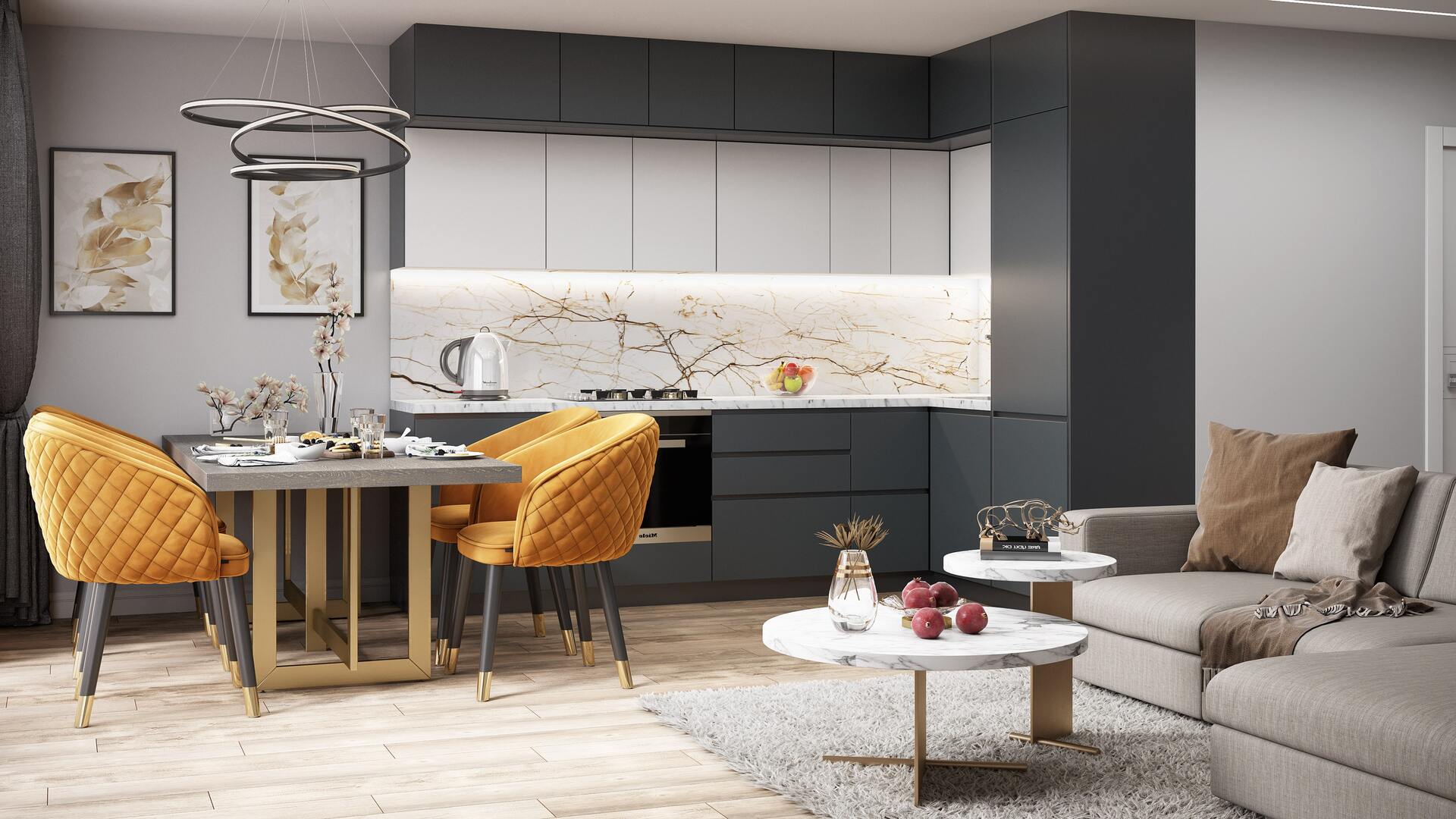
Time plays a key role in the real estate industry, where a building's prolonged presence on the market can put sellers at a disadvantage. Buyers can use this fact as an argument in price negotiations, seeking to lower the value of the property. To prevent this, the use of 3D visualization as a tool to highlight a project's key assets, its amenities and the quality of the building's workmanship can significantly accelerate the process of attracting investors and potential buyers. Using this technology allows for a more engaging and convincing presentation, which can result in faster property sales.
Nowadays, there is a noticeable trend in which more and more buyers prefer to explore real estate listings online before deciding to buy their dream home, a move away from traditional methods such as face-to-face visits to various locations. In this context, using 3D visualization to showcase a variety of properties reveals itself as an extremely effective marketing strategy.
This offers a modern alternative to traditional promotional methods such as brochures, banners and newspaper ads, adapting to the growing popularity of the online real estate world. The use of 3D visualization and 3D animation can not only increase the engagement of potential buyers, but also prove to be cost-effective, as it requires one-time preparation of materials that can then be used unlimitedly on websites, eliminating the costs associated with print and traditional media advertising.
The cost of developing 3D visualization can vary depending on the complexity of the development project, but its flexibility and long-term benefits often outweigh the initial expense.
In conclusion, 3D visualizations are gaining ground in the real estate sector, offering significant savings in time, money and reduced stress. Implementing modern technology to promote investment projects or secondary market sales is becoming a strategic move.
Investment in photorealistic 3D visualizations, as our experience with clients shows, is crucial due to their ability to faithfully represent reality, which significantly affects the attractiveness of the offer.
Photorealism in visualizations, 3D animations or virtual tours is often the deciding factor for potential buyers. Investing in high-quality marketing materials is an effective strategy that allows you to attract customers more easily and quickly.
3D real estate visualizations are the process of creating realistic, three-dimensional images of buildings and their surroundings, which help present the offer on the real estate market.
Real estate visualizations allow for quick detection of design errors, streamline client collaboration, and significantly enhance the attractiveness of the property sale offer.
Yes, real estate visualizations attract the attention of potential buyers by presenting the property investment in an appealing and modern way, which significantly increases the chances of a quick sale.
Thanks to real estate visualizations, changes can be made to the design quickly and adjusted to the expectations of the investor or client, saving time and money.
No, real estate visualizations are also effective for building modernizations, interior designs, or presenting planned renovations.
Real estate visualizations can show façades, land development, apartment interiors, lighting, furniture arrangement, and architectural details.
The cost of real estate visualizations depends on the scale and complexity of the project; however, this investment often pays off through faster sales and reduced risk of mistakes.
Programs such as 3ds Max, SketchUp, Blender, and rendering engines like V-Ray are used to create real estate visualizations.
Yes, modern real estate visualizations offer 3D virtual tours and interactive presentations of apartments and houses.
The time required to create real estate visualizations depends on the complexity of the property investment, but usually ranges from a few days to several weeks.
Real estate visualizations often facilitate the formal process by presenting clear plans and designs to authorities and institutions.
Absolutely, real estate visualizations are one of the most effective marketing tools in the real estate industry.
Yes, real estate visualizations are available for investors with varying budget sizes – both large real estate developers and private individuals.
2D real estate visualizations show the design in a flat layout, while 3D visualizations allow you to view the space in a realistic, three-dimensional manner.
You can find more about professional real estate visualizations on the RendPro website and in industry articles focused on modern real estate marketing.
Book a free consultation.
Sign up now for our free RendProletter and receive 1 email every week with a short summary of the best posts from our blog and emails with unique offers you won't find anywhere else!